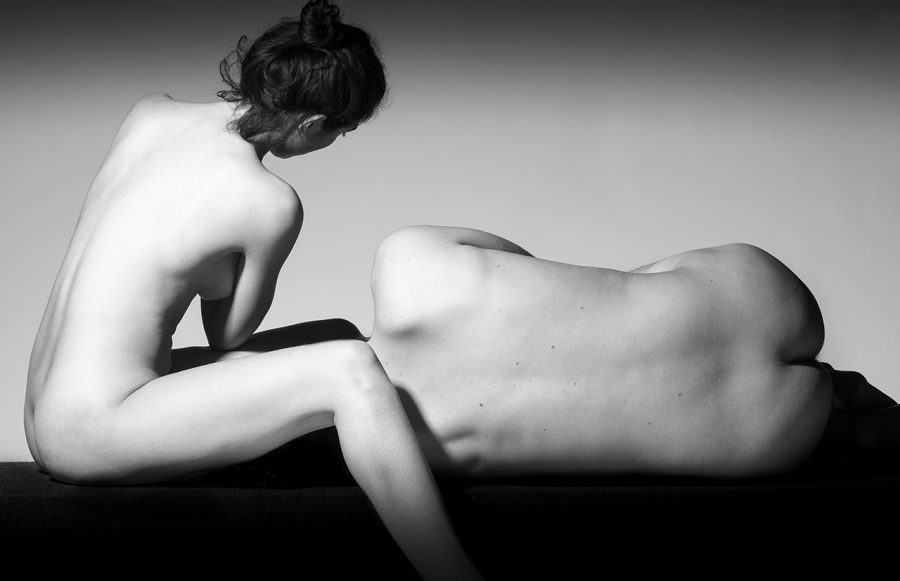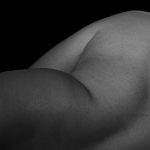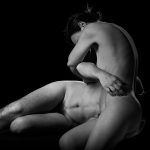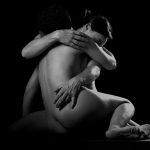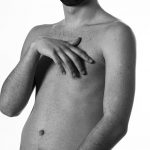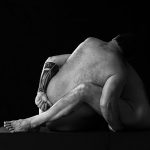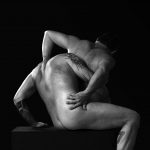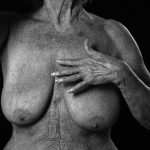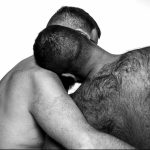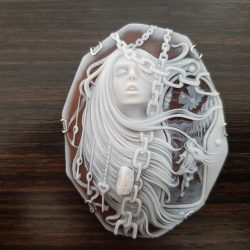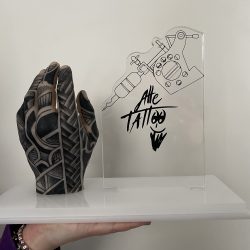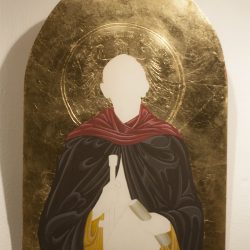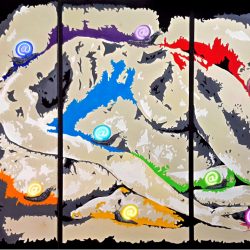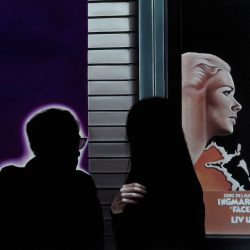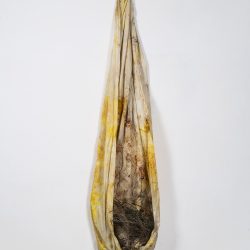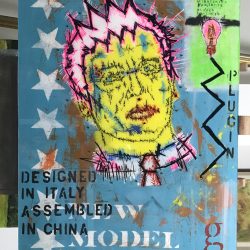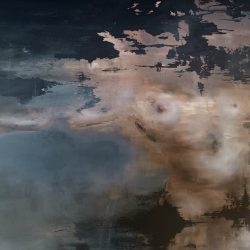work
StillClose
| category | Photography |
| subject | Political / Social, Nude, Human figure |
| tags | nude, bodypositivity, blackandwhite |
| base | 80 cm |
| height | 80 cm |
| depth | 5 cm |
| year | 2024 |
StillClose
A reportage on contemporary corpography
Project by Elvio Pierattini and Marianna Porro
The photographic study StillClose focuses on contemporary corpography. The declared punctum is the naked body, the skin, as a diary of individual uniqueness: harmony of imperfection, valorisation of differences, beauty of authenticity.
The hinge of our anthropological study is therefore to promote a beauty that foregrounds an aesthetic free of stereotypes tending to clone, plasticise, derealise the human figure.
A toxic aesthetic that undermines people's self-esteem with illusory, altered, simulated and therefore unattainable models. Our desire is to go beyond these conventions by promoting an appreciation of the authentic, imperfect and unique body.
By employing still life, macro photography or close-up techniques, the body is transported in a quest for visual balance. The use of black and white, never winking but a precise semiotic choice, allows us to decontextualise corporeity and read it in its intrinsic value as the language of interiority. Indeed, we do not consider colour pregnant, which would translate physicality into a hic et nunc experience, reducing it to a purely phenomenological chronicle. It is here, in the temporal dimension of stasis or movement, that the individual, alone or in exchange with others, ideally and dialectically constructs his own identity.
I am not without the other, even in its absence.
Our strategy is corporeity as the only indisputable truth. It is from the intimate territory that a possible construction and project of society can arise. The exploration and vision of the naked body then becomes our possible act towards the construction of identity meaning, both in individual and collective terms.
Our project hypothesis aims to construct a visual pathway that restores to the body its 'authenticity', a pivot of contamination and screen of relations between the self and the world. Our gaze, like the body itself, is not free of cross-references and archetypes, which inevitably make photography a ready-made; grasping these cross-references, highlighting these inevitable experiences of the gaze, which actualises history in the present, is our objective, with the ultimate aim of proposing a vision that is aware of the sacredness of the body and its inevitable contradictions. The work, always in the studio, will be constructed as a reportage on corporeity, through a multiple visual investigation; a map, a cartographic trajectory, therefore, reconstructing a journey in the form of a visual tale.
Nineteen shots of this work will be presented, forming the core of the project.
StillClose represents exactly the meeting, or, if you like, the clash, between two nuclei, between the real body and the body of photography, which, naively considered to be an epidermic re-proposition of reality, allows us to retrace a sort of 'history of the gaze'; the work on the set will therefore be a reinterpretation of the body and how it has been looked at over time, in search of a recovered identity possible in the dimension of contemporaneity.
A reportage on contemporary corpography
Project by Elvio Pierattini and Marianna Porro
The photographic study StillClose focuses on contemporary corpography. The declared punctum is the naked body, the skin, as a diary of individual uniqueness: harmony of imperfection, valorisation of differences, beauty of authenticity.
The hinge of our anthropological study is therefore to promote a beauty that foregrounds an aesthetic free of stereotypes tending to clone, plasticise, derealise the human figure.
A toxic aesthetic that undermines people's self-esteem with illusory, altered, simulated and therefore unattainable models. Our desire is to go beyond these conventions by promoting an appreciation of the authentic, imperfect and unique body.
By employing still life, macro photography or close-up techniques, the body is transported in a quest for visual balance. The use of black and white, never winking but a precise semiotic choice, allows us to decontextualise corporeity and read it in its intrinsic value as the language of interiority. Indeed, we do not consider colour pregnant, which would translate physicality into a hic et nunc experience, reducing it to a purely phenomenological chronicle. It is here, in the temporal dimension of stasis or movement, that the individual, alone or in exchange with others, ideally and dialectically constructs his own identity.
I am not without the other, even in its absence.
Our strategy is corporeity as the only indisputable truth. It is from the intimate territory that a possible construction and project of society can arise. The exploration and vision of the naked body then becomes our possible act towards the construction of identity meaning, both in individual and collective terms.
Our project hypothesis aims to construct a visual pathway that restores to the body its 'authenticity', a pivot of contamination and screen of relations between the self and the world. Our gaze, like the body itself, is not free of cross-references and archetypes, which inevitably make photography a ready-made; grasping these cross-references, highlighting these inevitable experiences of the gaze, which actualises history in the present, is our objective, with the ultimate aim of proposing a vision that is aware of the sacredness of the body and its inevitable contradictions. The work, always in the studio, will be constructed as a reportage on corporeity, through a multiple visual investigation; a map, a cartographic trajectory, therefore, reconstructing a journey in the form of a visual tale.
Nineteen shots of this work will be presented, forming the core of the project.
StillClose represents exactly the meeting, or, if you like, the clash, between two nuclei, between the real body and the body of photography, which, naively considered to be an epidermic re-proposition of reality, allows us to retrace a sort of 'history of the gaze'; the work on the set will therefore be a reinterpretation of the body and how it has been looked at over time, in search of a recovered identity possible in the dimension of contemporaneity.



